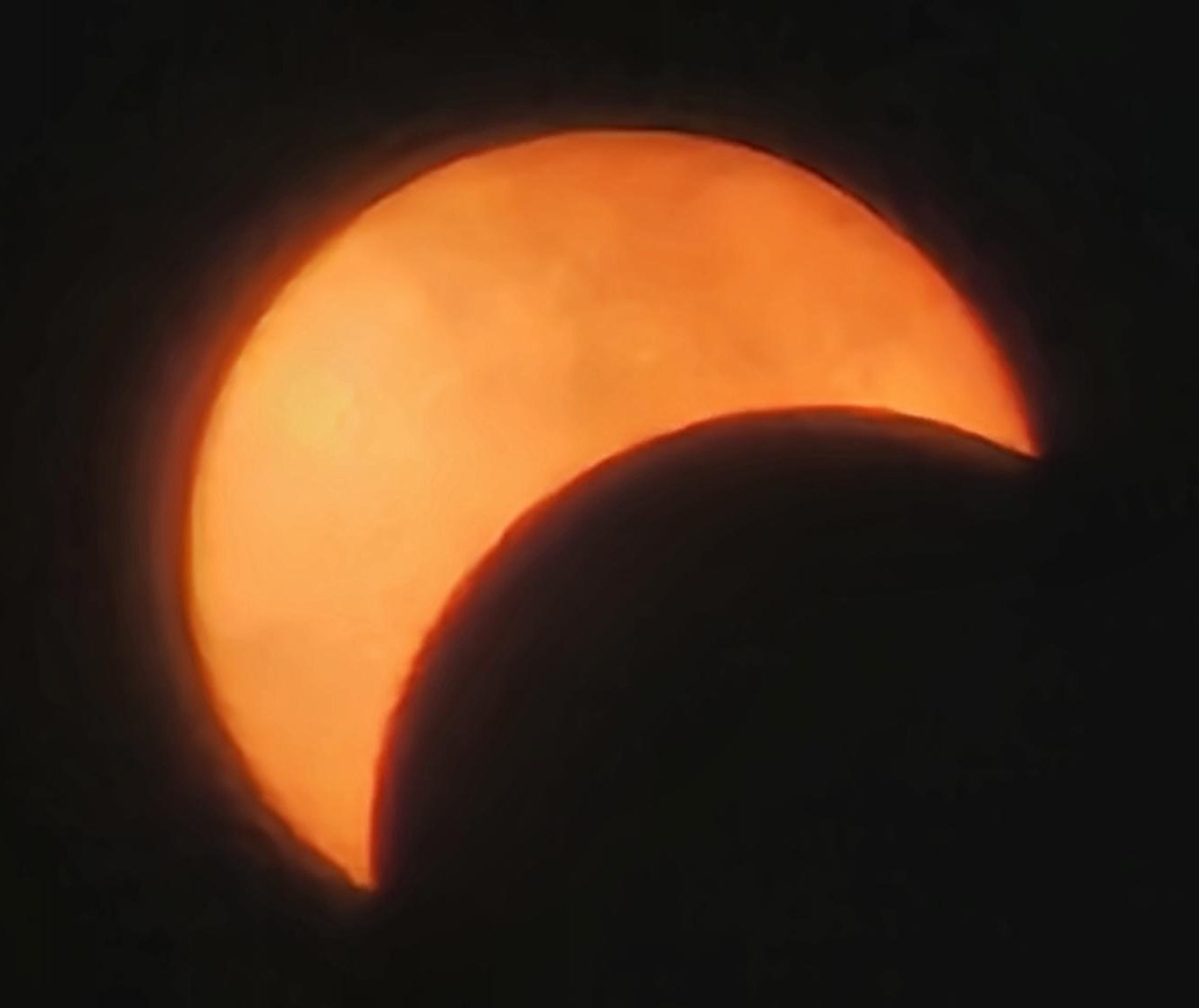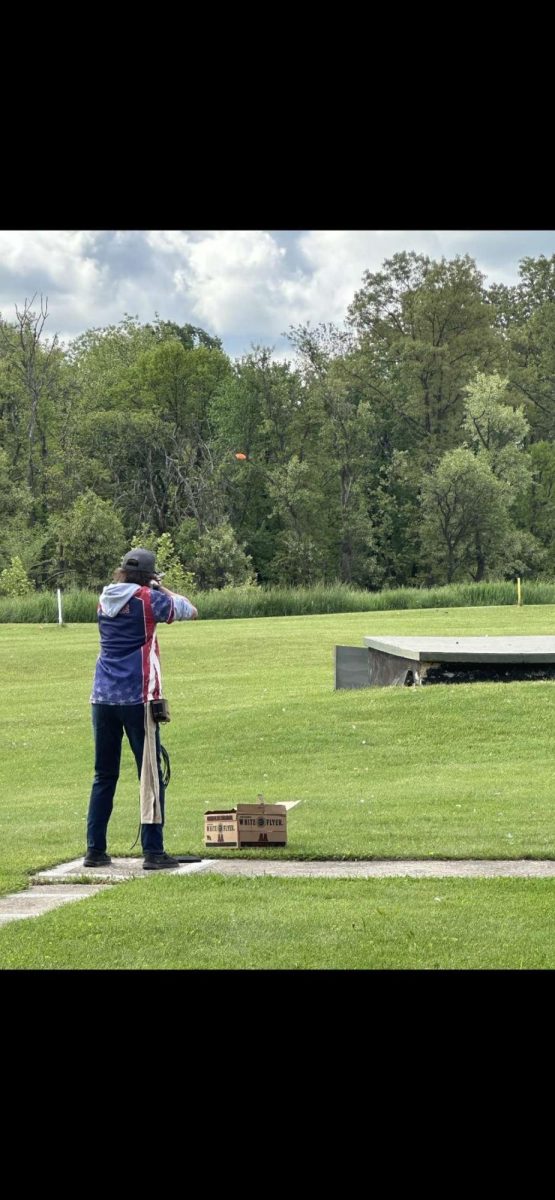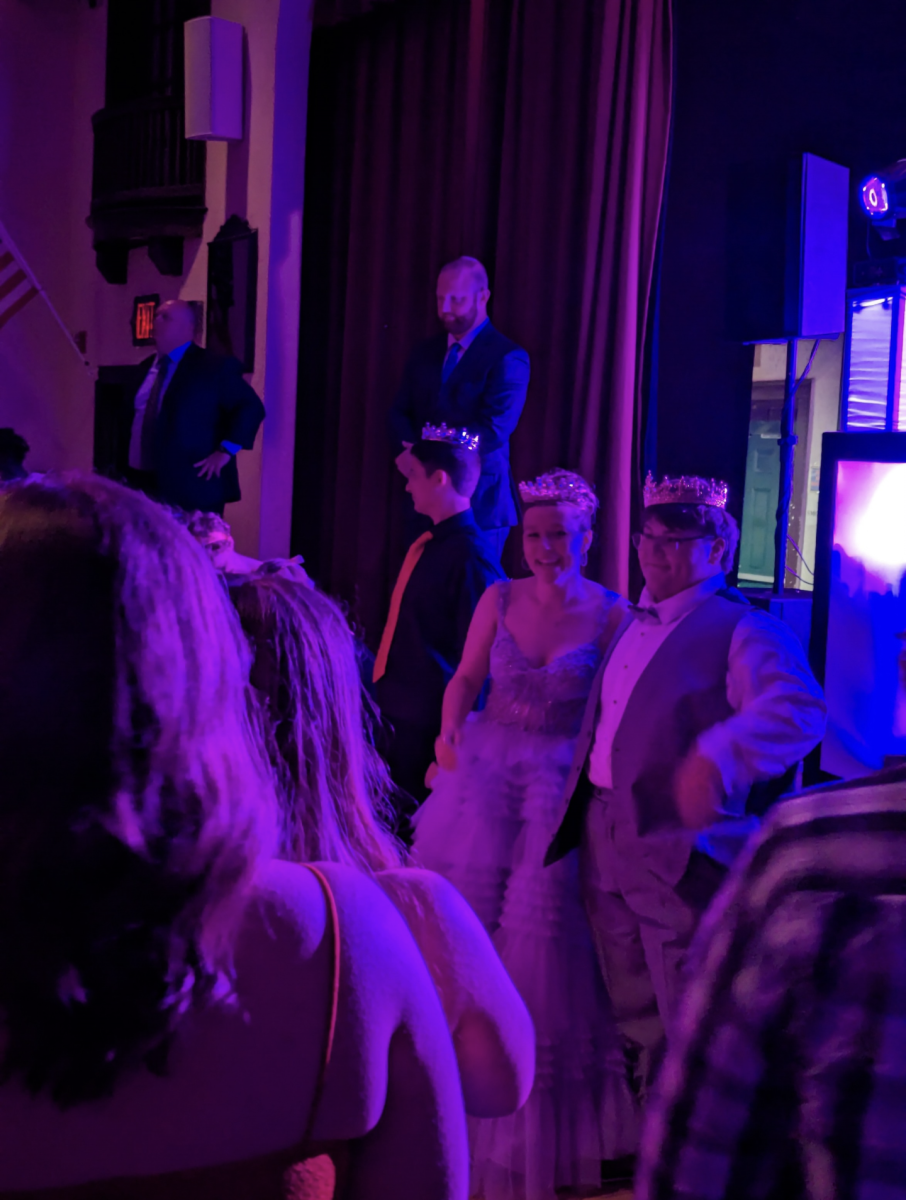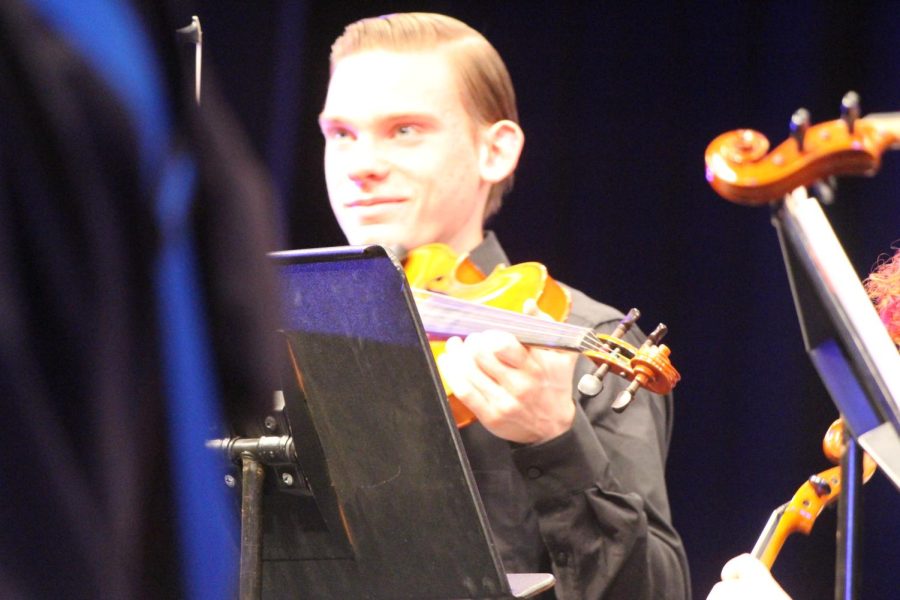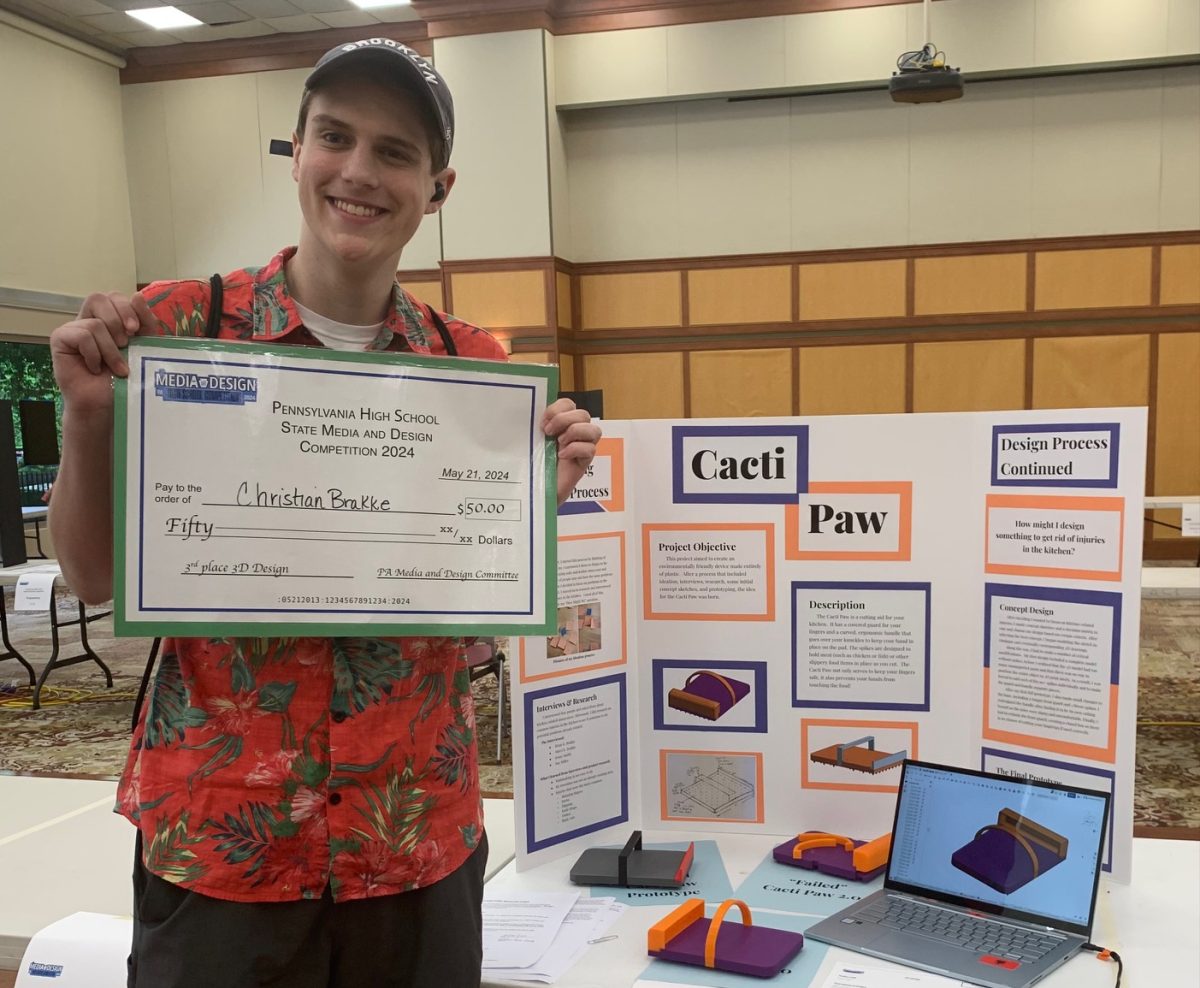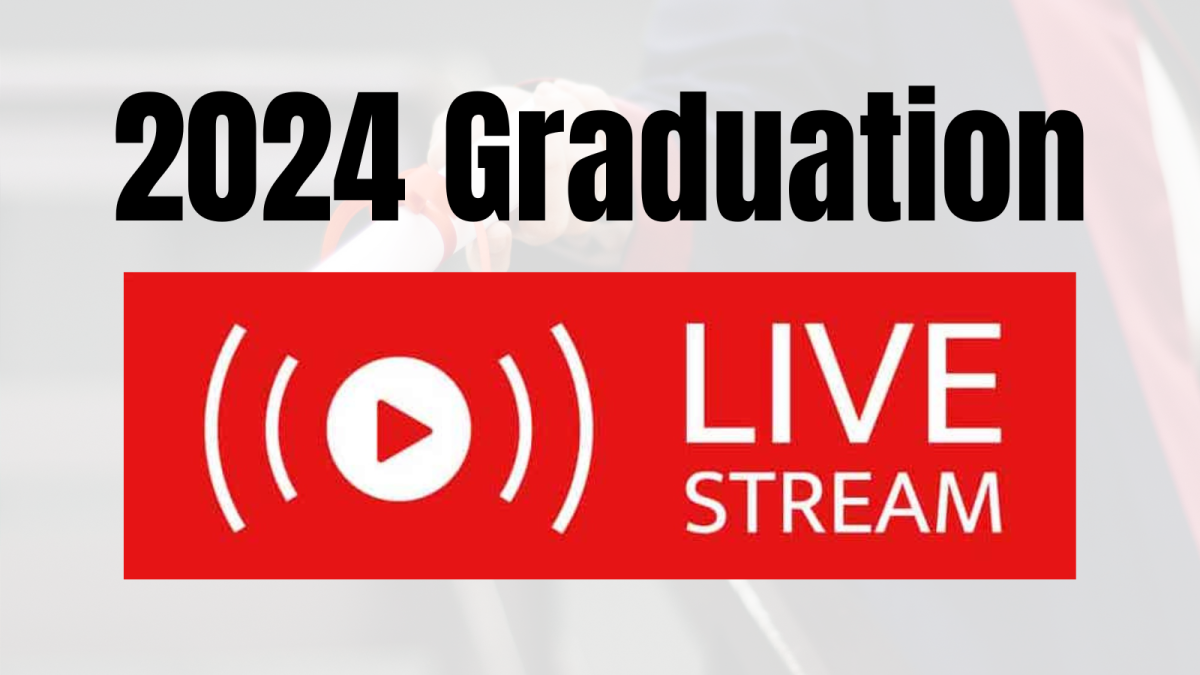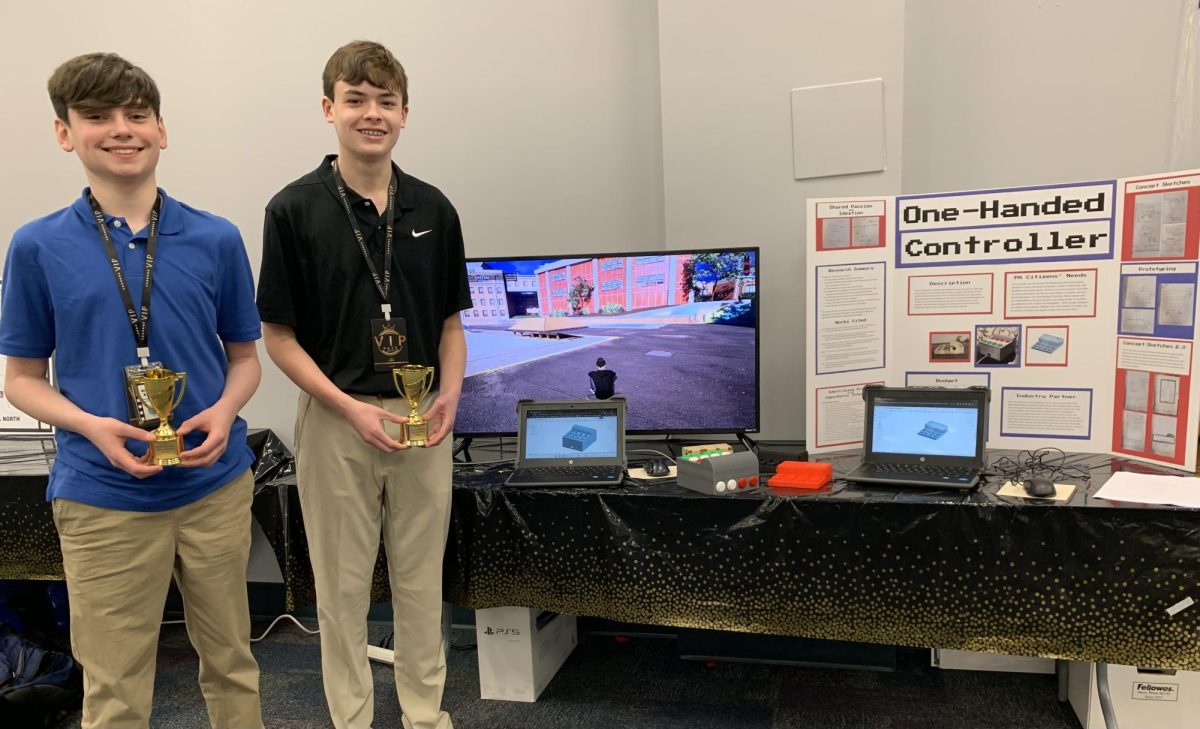The district distributed solar glasses to all students on April 8 to safely view the partial solar eclipse.
Beginning at 2:08 p.m., the maximum eclipse was at 3:23 p.m. and ended at 4:35 p.m.
It was visible across North America and given the nickname of the “Great North American Eclipse,” according to Michael Zeiler of Great American Eclipse.

An eclipse happens when the moon’s orbit travels in between the sun and Earth, appearing as a dark shadow biting into the bright sphere of the sun. Within the path of totality, the total eclipse of April 8 lasted until 4:35 p.m.
The best time to view the eclipse depended on location. States such as Texas, Oklahoma, Arkansas, Missouri, Illinois, Kentucky, Indiana, Ohio, Pennsylvania, New York, Vermont, New Hampshire, and Maine were along the path of totality from the eclipse.
After the almost total solar eclipse on April 8, 2024, the next total solar eclipse will take place 20 years later and can be seen from the United States on August 23, 2044.
Freshman Gabe Woods traveled over 6 hours to Ohio, so that he and his family could view the eclipse’s totality. “The experience was amazing,” Woods said. “It looked so cool, and the nature up there was beautiful…I was able to watch the solar eclipse without glasses for 4 minutes.”
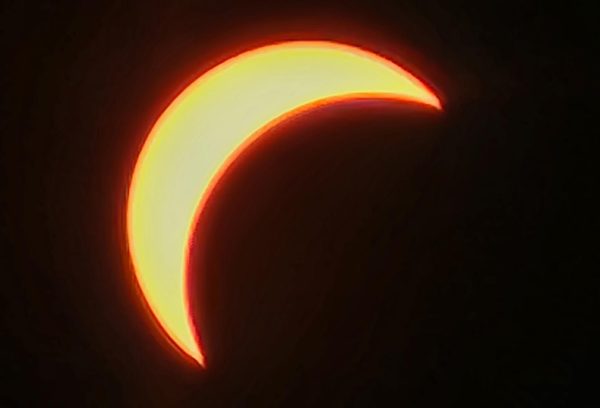
Photograph by Michael Wanderer
Junior Katelyn Lutz traveled to Rochester, New York to view the Eclipse.
“We left early Monday morning and arrived home late that night,” Lutz said. “It was surreal! Despite the cloud coverage being pretty heavy, experiencing the sunlight to dark was amazing. If it weren’t for the clouds, we likely could have seen the stars. I enjoyed getting to spend time with my family while enjoying something new with them. Although we couldn’t see the eclipse happening, it was a beautiful experience.”
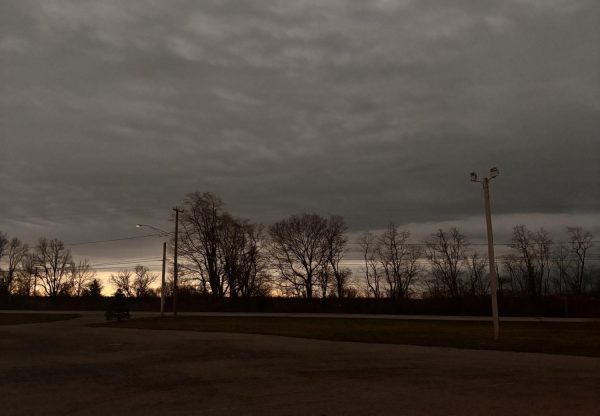
Photograph b y Katelyn Lutz
Chemistry Teacher Jennie Bonitz viewed the eclipse from Susquehannock High School.
“I wanted to travel so badly, I was so excited and I had been talking with my students about it…,” Bonitz said. “I hope they learn that science is everywhere, and it’s not just in our classroom. You could read a book and read about the sun, moon, and their orbits, but then to see an eclipse hopefully made science more real.”



